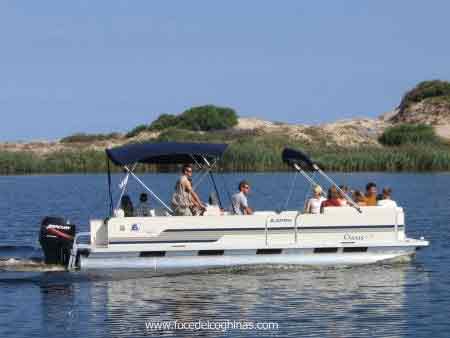Birdwatching along the Coghinas river – Hotel Tartaruga Bianca
Valledoria - Sardinia - Hotel and Local Area discovering
Birdwatching along the Coghinas river

Birdwatching along the Coghinas River can be a rewarding and enjoyable experience for nature enthusiasts and bird lovers. The Coghinas River and its surrounding wetlands provide rich habitats for various bird species. Here’s some information on birdwatching along the Coghinas River:
The Coghinas River is located in northern Sardinia, Italy, in the province of Sassari. The best places for birdwatching along the river are the riverbanks, wetlands, and nearby areas around Oschiri and its adjacent regions.
The Coghinas River and its surroundings are home to a variety of bird species. This includes waterfowl such as herons, cormorants, ducks, geese, and waders. You may also spot birds of prey like eagles and hawks in the area. Additionally, there are numerous songbirds and migratory birds that visit the region.
The best time for birdwatching along the Coghinas River depends on bird migration and seasonal movements. Spring and autumn are often ideal times as many migratory birds pass through the region. Early morning hours are typically the best time to observe birds as they are most active then.
For birdwatching along the Coghinas River, you’ll generally need binoculars or telescopes to get a better view of birds in the distance. A bird identification guidebook or a birdwatching app can also be helpful in identifying the species you observe.
When birdwatching, it’s essential to respect the environment and the birds. Maintain an appropriate distance from the birds to avoid disturbing them, and minimize loud noises or sudden movements.
To enhance your birdwatching experience, consider joining guided birdwatching tours or visiting nature reserves specifically designed for birdwatching. In the region, local organizations or birdwatching groups may offer such activities.
Birdwatching along the Coghinas River provides an opportunity to connect with nature and appreciate the diverse avian life in the area. Enjoy the serenity of the natural surroundings and the chance to observe birds in their natural habitat.